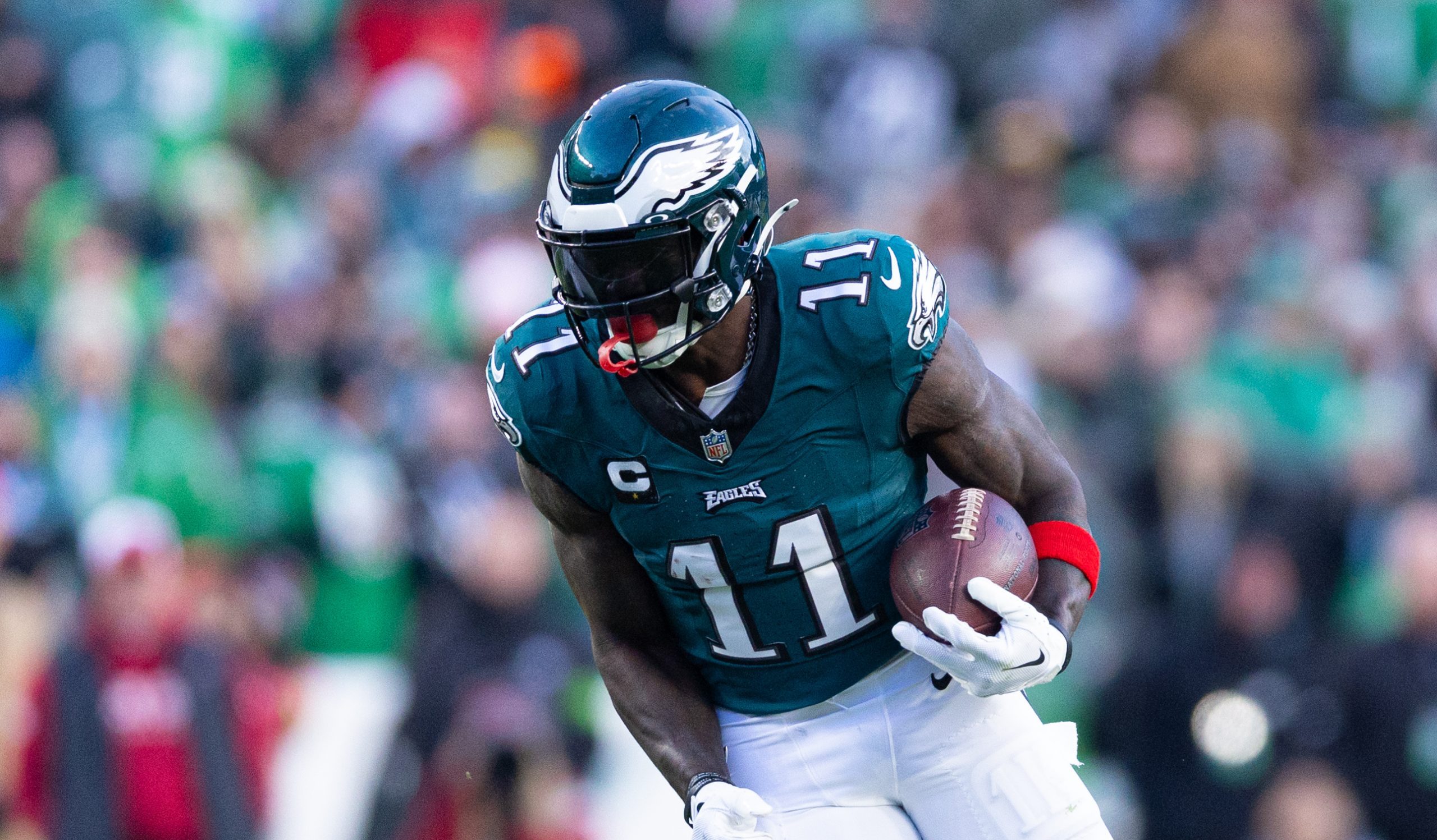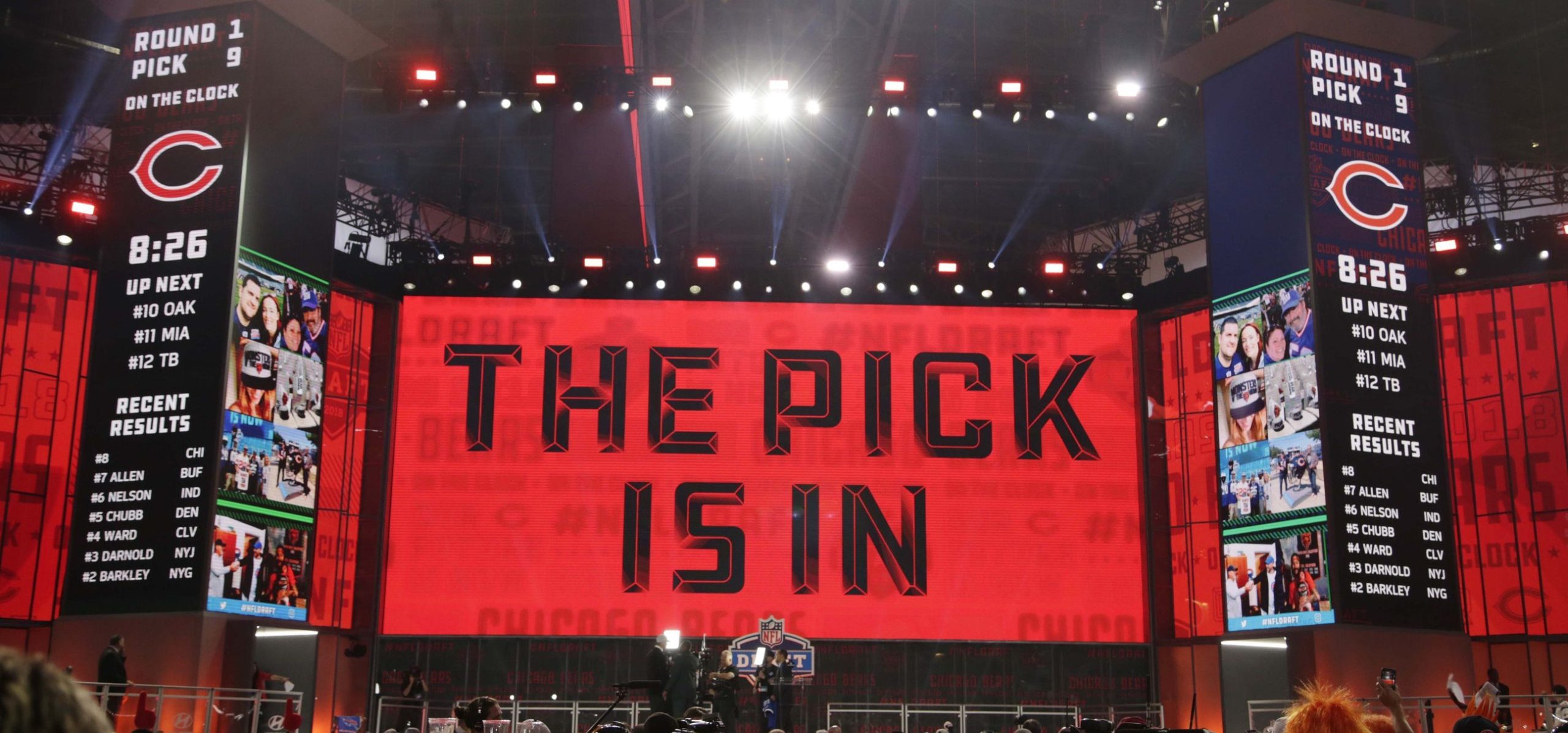A key idea with “Wildcat” and other direct-snap offenses (outlined very nicely by Chris Brown in this 2009 New York Times piece) is getting a matchup advantage. If the snap goes to a player the defense has to respect as a runner more than the usual quarterback, that provides more of an edge in the ground game.
But if there isn’t a personnel substitution before the play, you wind up with a quarterback who isn’t needed under center and is usually split out wide into an unfamiliar receiver position instead.
That leads to some humorous situations. And it did so on two occasions Sunday, with Atlanta Falcons quarterback Matt Ryan falling down while running to his spot out wide and Miami Dolphins quarterback Jay Cutler not even bothering to move after the snap. Here are those plays:
This sums up Matt Ryan's athleticism #Falcons #Bills pic.twitter.com/4MHMxgAQTb
— Dan Fetes (@danfetes) October 1, 2017
Jay Cutler didn't move or give a single f*** during this wildcat formation. pic.twitter.com/zkOZlCgEvQ
— The Comeback (@thecomeback) October 1, 2017
Of course, it doesn’t really matter how ungraceful quarterbacks appear as receivers if defenses still bother to cover them, and they usually do to prevent wide-open touchdowns. But that’s the key here; in both of these situations, the defenses aren’t really covering the quarterbacks at all, with one Saints’ player keeping a limited eye on Cutler while mostly watching another receiver and one Bills’ player doing the same with Ryan. That’s a significant change from what Brown wrote about the Dolphins’ usage of Chad Pennington back when the Dolphins started using the Wildcat in 2009:
Splitting the quarterback wide has come under much derision, but there are several responses to that. One, despite the laughability of Chad Pennington being lined up as a receiver, you never saw a defense fail to at least put a defender over him. They might not fear him as a receiver but they also weren’t going to give up a cheap touchdown.
But if the quarterback isn’t going to be any sort of threat at receiver, that makes things much easier for the defense; they can keep a loose eye on him without devoting a defender to him. And that gets even easier if whoever’s taking the snap isn’t much of a threat to throw the ball. So that significantly reduces the matchup advantage gained by using a direct-snap formation in the first place.
This didn’t really matter in Atlanta’s case, as Mohamed Sanu gained four yards on a rush here and set up a Devonta Freeman touchdown on the next play, but this still wasn’t great from a matchup perspective. And the Dolphins lost yardage on their own run.
Of course, one way to alter this is to do a substitution and replace the quarterback with an extra wide receiver or tight end, but that takes some time and removes some of the surprise of the direct-snap formation. Another one might be getting the likes of Cutler to try at least a little bit when lined up at receiver. Otherwise, defenses can conveniently ignore them and come up with their own matchup advantages.







